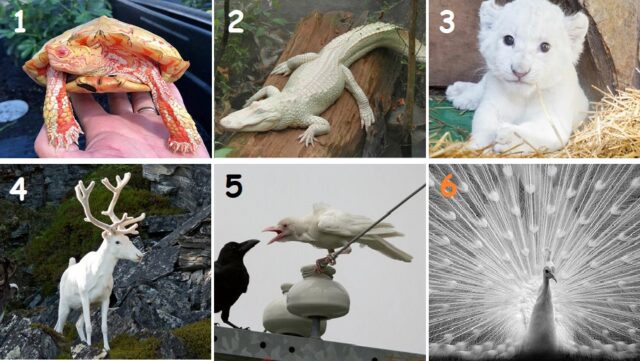Perfect for any pet owner, this Wooden Dog Feeding Station is the perfect addition to your home. With three stainless steel bowls and a raised platform, this feeder helps keeps pets comfortable while they eat. Crafted from recycled materials with a farmhouse-style aesthetic, it will last for years of use. Continue reading “Incredible Dog Feeding Station” »
These Measuring Cups Are Perfect For Newbie Bakers
Find the right measurement at an intuitive glance. A half simply looks like half—no more needing to read the labels. Inspired by basic geometry, the one-cup measure is a full circle, Continue reading “These Measuring Cups Are Perfect For Newbie Bakers” »
Cactus plants created from reclaimed wood and nails in pebble filled tin cans
This cute cacti pieces are made to order created with reclaimed wood, including antique wood trim molding reclaimed from a 140 year old building. Continue reading “Cactus plants created from reclaimed wood and nails in pebble filled tin cans” »
Pink Himalayan Bath Salt Rock
Unique gift for her, all natural bath salts 100%. This looks spectacular hanging on the tub. The salt is beautiful on the rope; everything is elegant and looks very high end. The pink himalayan bath salt smells AMAZING!!! You can find this Pink Himalayan Bath Salt Rock in the link below… Continue reading “Pink Himalayan Bath Salt Rock” »
Crochet Owl Baby Blanket
I absolutely love this pattern and design. Can’t wait to make this for my first grandbaby! Pattern is written for blanket size 30″x34″, however, you can add as many rows of the squares as you’d like to make it whatever size you want. This pattern is available in the link below… Continue reading “Crochet Owl Baby Blanket” »
These Rare Albino Animals Are Absolutely Stunning
Albino animals are astonishingly all white, sometimes partly white. And their eyes are deep pink or icy blue. Maybe you’ve seen a white squirrel in the wild or a white rabbit or mouse in a pet store. They stand out among other animals with normal color, especially the ones that blend into their surroundings. Below are several examples…. Continue reading “These Rare Albino Animals Are Absolutely Stunning” »
Major M7.6 earthquake hits Cayman Islands, hazardous tsunami waves possible
A very strong earthquake registered by the USGS as M7.6 hit the Cayman Islands region at 23:23 UTC on February 8, 2025. The agency is reporting a depth of 10 km (6.2 miles). EMSC is reporting the same magnitude and depth. Continue reading “Major M7.6 earthquake hits Cayman Islands, hazardous tsunami waves possible” »
How To Make A Large Rotisserie Pit BBQ
Hosting a BBQ at your home can be really fun as you can invite your friends or family, enjoy some great food and spend a nice time together. Sure, barbecued food is great, but if you don’t have a suitable rotisserie pit, the whole event can be ruined and your food wasted. If you want to build an awesome rotisserie pit for a BBQ, just follow the steps from the link and you will see that it is actually a very easy task. Continue reading “How To Make A Large Rotisserie Pit BBQ” »
Adorable Crochet Chicken Hat
This is a written crochet pattern for a warm, soft chicken hat. Hat will fit most adults. Comes in one PDF file and has over 50 photos.
Super easy pattern and works up really fast! Great gift idea for the family. Its super soft and super warm. Continue reading “Adorable Crochet Chicken Hat” »


























